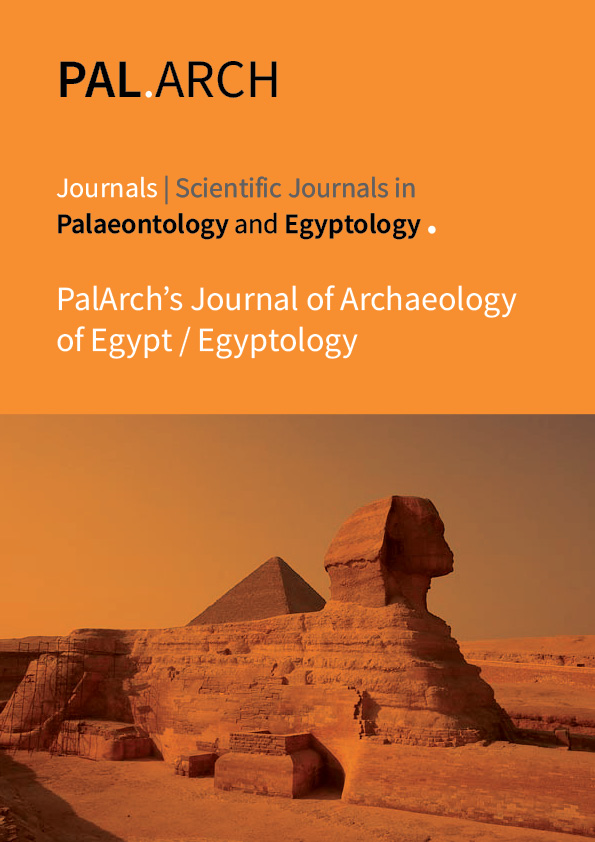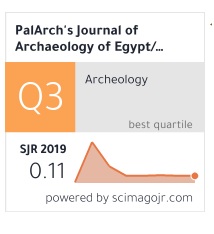Violence, Memories, Space and the Eternal Urge to Survive: An Analysis of Arupa Patangia Kalita‟s Felanee (2003) and Written in Tears (2015)
Keywords:
Violence, Space, Memory.Abstract
Arupa Patangia Kalita, academician, novelist and short story writer finds in the rather tumultuous landscapes of her homeland designs for her literary endeavours. Born and having spent a larger part of her life as a professor of English literature in Assam, Patangia becomes an ardent chronicler of the socio-political transformations that have been taking place in her homeland. Assam for Patangia is a space which has been constantly reproduced as a result of the rather complex interactions between people and material realities (Lefebvre 1991). David Harvey argues that spaces do not exist independently but are to be understood as a relationship between objects and events which exist only because objects and events relate to each other (Harvey 2004: 2). As a socially produced space, Assam does not have a pleasant past to look back upon. Ruled largely by the Ahom dynasty, Assam formally became a part of colonial India in the year 1826. Assam as a space has been carved out of the rather violent socio-political uprisings and the strong urge of the inhabitants of this space to negotiate these trajectories of violence. For instance the vehement protest in the recent times against the citizenship amendment bill 2016, the rise of new revolutionary groups like the ULFA Independent, NDFB (S) and the KLO etc. emulate these trajectories of violence and turmoil. Yet, in the midst of the violence and turmoil, there is a thriving diversity of people who have been crossing the barriers of terror and extremism and upholding zealously humanitarian values. Space in Patangia‟s fictions is not only conditioned by what Lefebvre calls the subjects of the space but it is also the space which conditions the lives of the subjects who inhabit it. This paper, therefore, while approaching Assam as a space would explore the plight of a collective of people who are caught in the mire of violent uprisings. The paper is premised upon the notion that memories of people who are caught in the mire of terror and conflict not only embody and diffuse the memories of terror but also bear the traditions of emancipation that are linked inextricably to the space which these subjects of violence inhabit (Harvey 2004).



